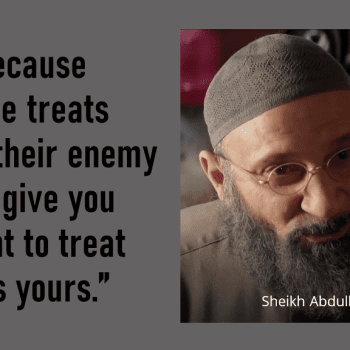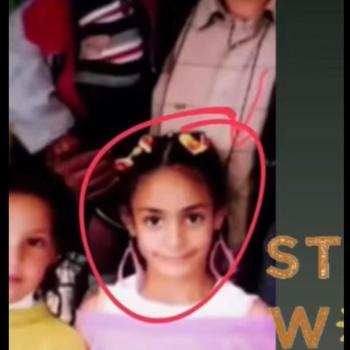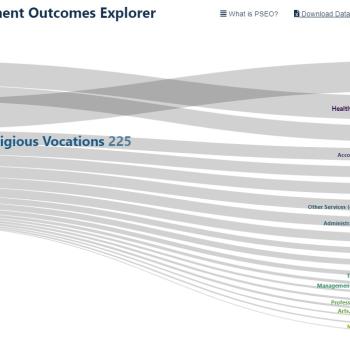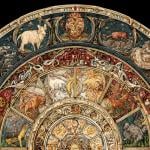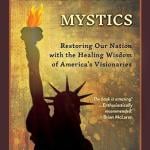I’m going to be teaching my Global and Historical Studies courses again this academic year: China and the Islamic Middle East in the fall semester, and South Asian Civilizations in the spring. It has been years, and although the history of these parts of the world and the major traditions that emerged in them hasn’t changed, it still feels daunting, although by no means as much so as it did when I first taught these courses. And it is also exciting to have a reason to revisit these topics and probably also the languages spoken in them. I’ve learned a little Mandarin, Arabic, Hindi, and Tamil but to nowhere near the level I’d like to. Butler actually offers courses in Chinese and so perhaps I should see if I can sit in.
This summer I’ll be visiting Paris. France was a country that fascinated me back when I was in elementary school through high school and was studying the French language. I recall being fascinated by Air France’s Concorde, and watching French TV and music videos in 1989. I was delighted to discover that a song from then that I enjoyed is now on YouTube: “Les Sentiments” by Shona. It was a pleasure hearing it again after never coming across it for nearly three decades:
Trying to get my rusty listening comprehension skills brushed off, I’ve been watching French news via YouTube as well. Doing so has been helpful, and also reinforced to me the importance of getting students to engage with international news – both our news about other parts of the world, and reporting from elsewhere. French news these past weeks has included things I hadn’t heard via TV or newspapers in the United States about current events in the Sudan and Ghana, and even things happening in Baltimore in the United States that didn’t make the national news here.
I do of course plan to go to the Louvre, and so will highlight here an online gallery that recently came to my attention, as well as asking blog readers for recommendations of things to be sure not to miss there (as well as places to eat, or perhaps where to shop if I decide to just eat cheese while I’m there, and other such advice about Paris).
Connecting back to the course, here are a couple of posts from elsewhere that fall at the intersection of Islam and the aforementioned famous museum in Paris.
Muslims and keeping halal on vacation
Half the course I will be teaching in the fall is about Islam and the Middle East, while the other half is about China. If you Google the keywords “Chinese” and “Indianapolis” you get a page of results that are almost entirely restaurants, mostly buffets. One of the challenges of teaching Global and Historical Studies is the desire to send students to places that connect them with other cultures and heritages, and the risk of merely reinforcing rather than challenging their stereotypes.
And one of the challenges of Googling for information about a culture, nation, or other tradition that uses a different alphabet or other writing system than the Latin alphabet is that Googling simply won’t work as effectively as you’re used to, if at all. This does provide, however, a nice opportunity to get students to think about linguistic privilege and accessibility of information.
That said, I do plan to get students to learn to use Google translate, as well as understand its limitations. No one can learn every language, and often the access granted by a machine-produced translation is better than simply not having access to the perspective of speakers of a particular language.
I’m also considering having students edit Wikipedia to combat misinformation about the cultures and religious traditions they are studying.
Persecution of religious minorities, or religion in general, is also something that could forge a connection across the two units of the course. The juxtaposition of the two may be helpful in challenging certain stereotypes and reactions among Americans. The Chinese government has been hostile to Christianity, and Daesh (also known as ISIS) has persecuted Christians and other minorities in various parts of the Middle East. Americans may react with fear or suspicion towards someone who appears to be Arab, but are unlikely to do so in the same way towards someone who appears to be Chinese. What is at the root of those different reactions? And is the situation changing?
Courses like this one are such an important part of students becoming broadly educated and well-prepared to engage with cultural difference as citizens as well as in the workplace. Now, time to brush up on my Mandarin and Arabic, as well as the literature that will serve as the bread and butter of the course – to use a metaphor from the realm of dominant foods in the English-speaking world…






